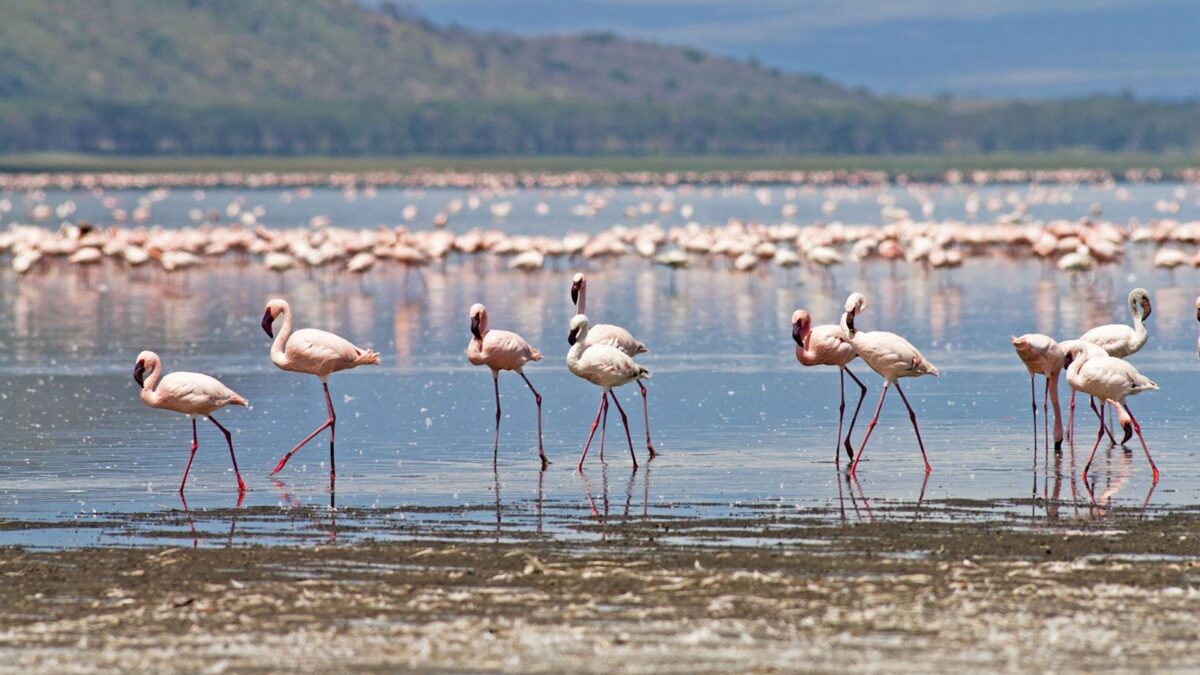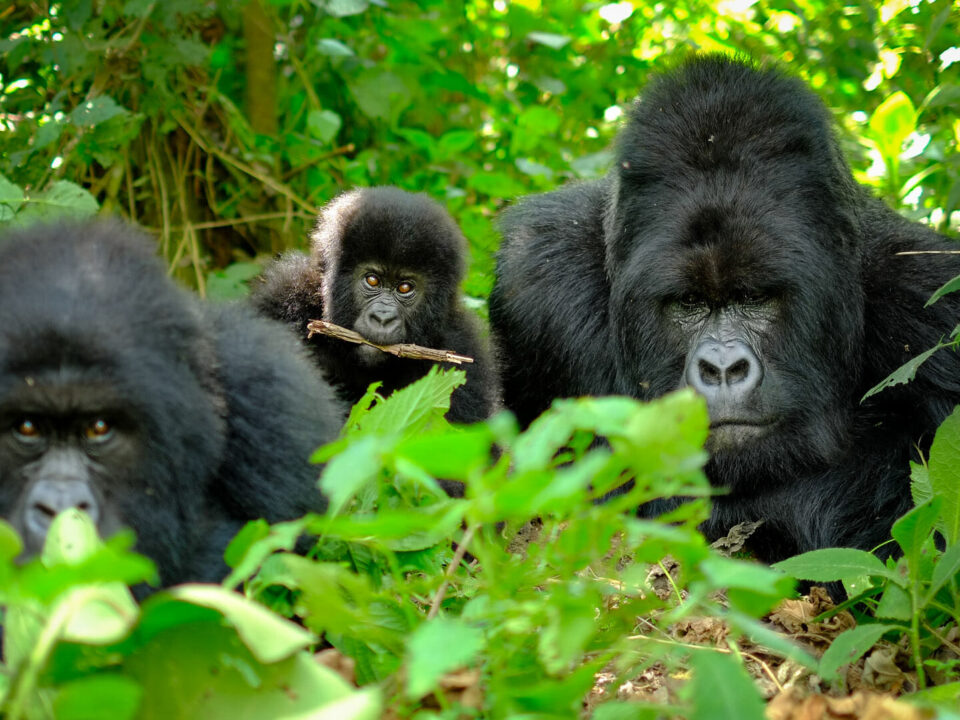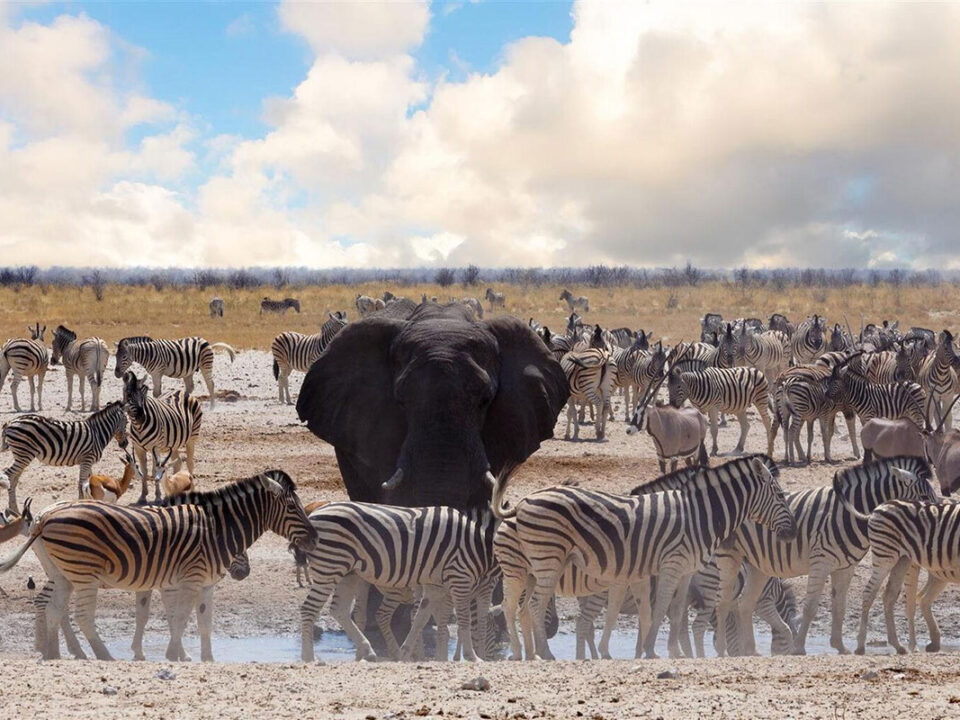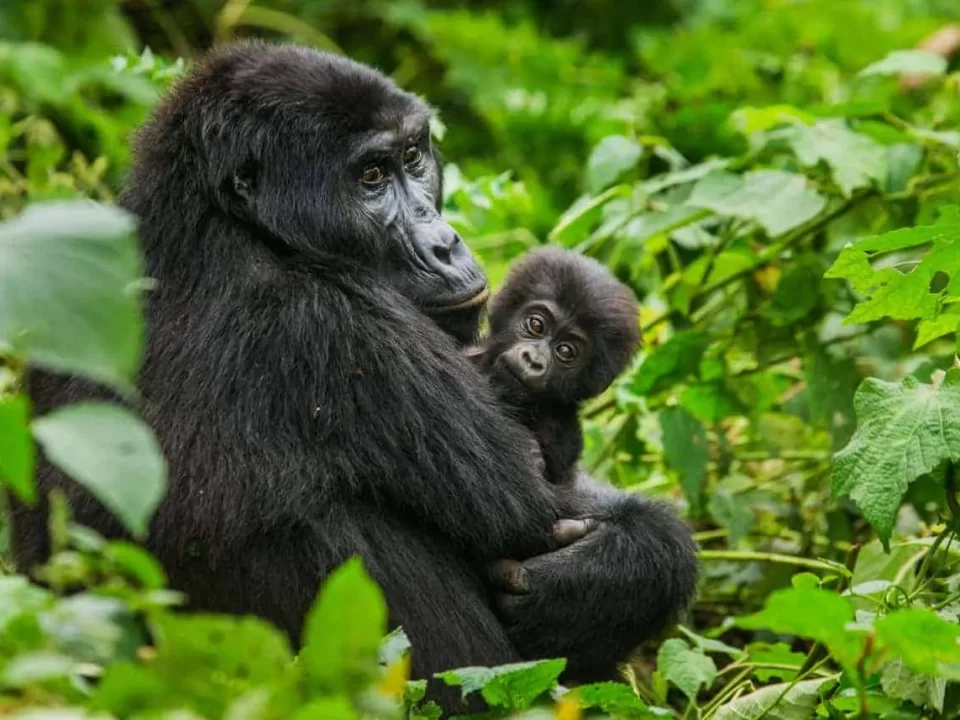Budget Uganda Gorilla Tracking & Kenya Masai Mara
February 5, 2024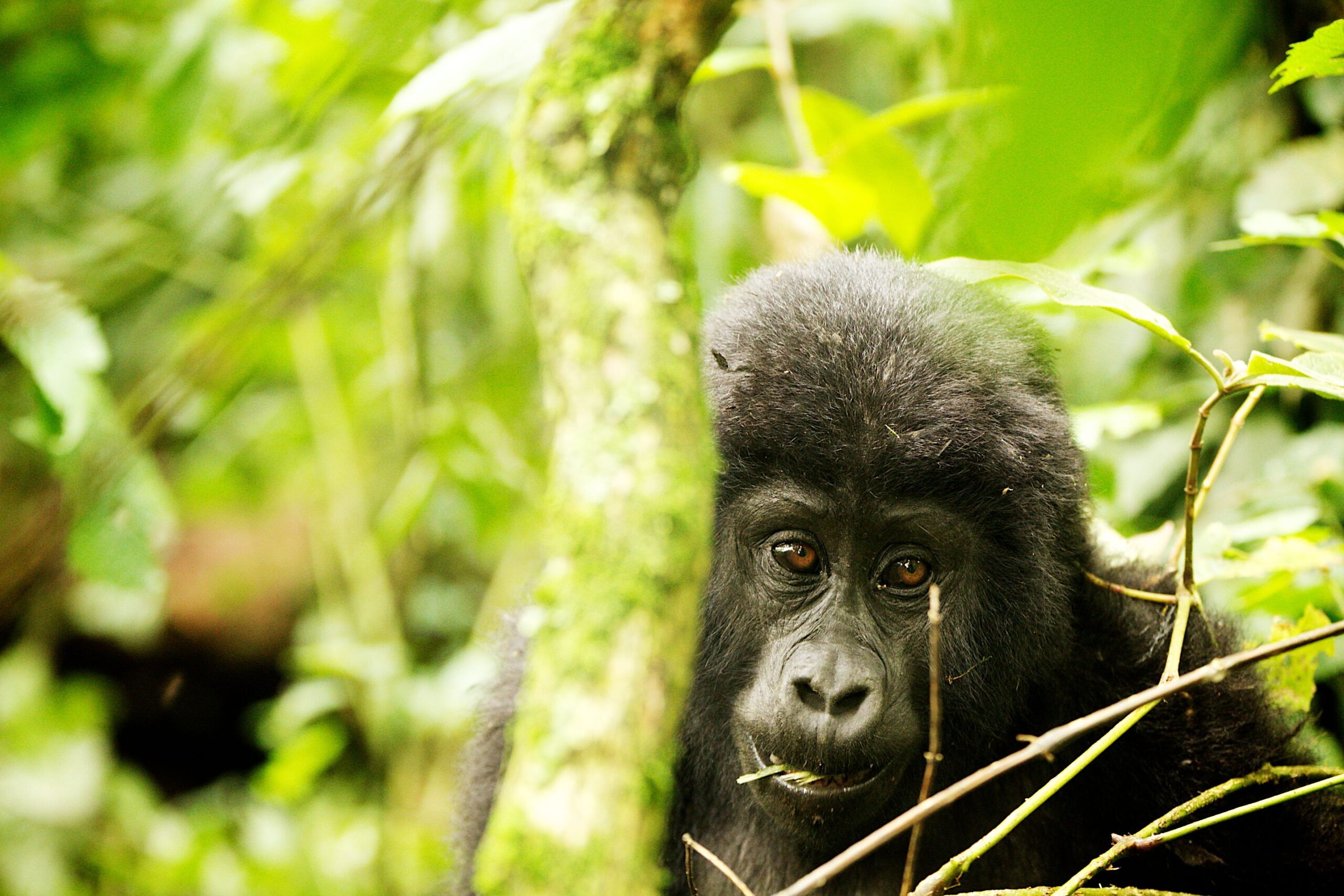
Gorilla Trekking Uganda Safaris from Namibia
February 5, 2024Where to see Flamingos in Uganda – Discovering the Flamingos: Hidden Gems in Queen Elizabeth National Park
If you’re wondering where to see Flamingos in Uganda, the alkaline, saline crater lakes in western Uganda, particularly in Queen Elizabeth National Park, are the place to be. In a survey conducted between February 26th and March 3rd, 2014, the physico-chemical features of these less-known unique habitats were explored to provide valuable information and a basis for global comparisons. Lakes included in this study were Katwe, Kikorongo, Murumuli, Nyamunuka, Munyange, Bunyampaka, Bagusa, and Maseche. In-situ measurements of physico-chemical parameters, along with water samples for alkalinity, nutrients, and detailed ionic analysis, were collected from each geo-referenced point. Laboratory analysis followed APHA standard operating procedures, revealing the alkaline and saline nature of all studied lakes, except Lake Kikorongo, which surprised with its fresh characteristics and zero salinity.
Flamingos in Queen Elizabeth National Park: A Birdwatcher’s Paradise
Lake Bagusa, nestled within Queen Elizabeth National Park and the adjacent wildlife reserve, stands out as one of Uganda’s alkaline lakes. These areas are renowned birding havens, and the birds of Lake Bagusa contribute to a staggering total of 176 water birds recorded in all the alkaline lakes in Queen Elizabeth National Park, nestled within explosive craters.
Lake Katwe: A Jewel in the Rift Valley
Situated inside Queen Elizabeth National Park, at the floor of the Western Rift Valley, Lake Katwe covers approximately 8 square miles. Positioned about 800 yards from Lake Edward, Lake Katwe is surrounded by a multitude of mosquitoes, creating a hot and surprisingly dry environment. It misses the rains that bless the Rwenzori Mountains and the Ankole region. The vicinity of the lake is adorned with hundreds of Euphorbia trees, adding to its unique charm.
Lake Nyamunyuka: A Gateway to Kazinga Channel
Near the Kabatoro gate leading to the Mweya Peninsula, where the renowned Kazinga Channel awaits with its famous boat cruises, lies Lake Nyamunyuka. This lake offers not only a scenic view but also serves as a strategic location for those embarking on the exciting boat trips along the Kazinga Channel.
Lake Bunyampaka: A Kasenyi Jewel
Found in the Kasenyi region of Queen Elizabeth National Park, Lake Bunyampaka is a treasure trove for flamingo enthusiasts. The Kasenyi plains, well-known for their abundant wildlife during game drives, provide visitors with the opportunity to witness flamingos in their natural habitat. Additionally, visitors can engage in coffee and souvenir shopping from the nearby community.
Lake Maseche: A Prominent Queen Elizabeth Lake
Located at the extreme end of Queen Elizabeth National Park, bordering Kamwenge District, Lake Maseche holds a prominent position for flamingo viewing. This picturesque lake, surrounded by the park’s diverse landscape, offers a unique vantage point for observing these elegant birds in their natural habitat.

